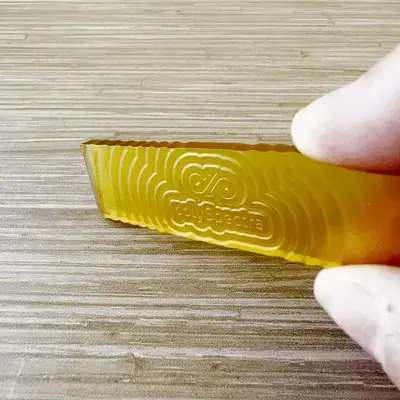What Are End-Use Parts? Understanding Their Importance in Manufacturing
Definition
End-use parts are components or products manufactured through additive manufacturing (3D printing) that are intended for final use in their respective applications, rather than just for prototyping or testing. These parts are designed to meet the functional, mechanical, and aesthetic requirements of the end product and are often subjected to rigorous quality control and testing to ensure they perform as intended in real-world conditions.
Explain End-Use Parts like I’m 5
Think about the toys you play with or the tools your parents use. End-use parts are like those toys or tools, but they are made with a special 3D printer. Instead of just making a model or a sample, these parts are the real thing that you can use every day.
Why does this matter?
End-use parts represent a significant advancement in additive manufacturing because they demonstrate the technology’s capability to produce final products, not just prototypes. This opens up new possibilities for custom manufacturing, on-demand production, and reducing waste. Industries like automotive, aerospace, and healthcare benefit greatly from being able to produce durable, functional parts directly from a digital design.
Real Talk
While the idea of 3D printing end-use parts is exciting, it’s not without challenges. The materials used must meet stringent performance criteria, which can sometimes be a limitation. Additionally, the cost of high-performance materials and the need for post-processing can make this approach expensive. Quality control is also crucial, as inconsistencies in the printing process can lead to parts that fail to meet standards. Despite these hurdles, the ability to produce end-use parts with 3D printing is a game-changer for many industries, but it’s not always the most cost-effective or straightforward solution.
Functional Production Parts in Additive Manufacturing
Functional production parts refer to components that are manufactured to meet specific operational requirements and are ready for use in their intended applications without the need for further modification. In the context of additive manufacturing, also known as 3D printing, these parts are produced using layer-by-layer fabrication techniques that allow for complex geometries and customized designs. This capability is particularly advantageous in industries such as aerospace, automotive, and healthcare, where precision and performance are critical. For example, in aerospace, functional production parts like lightweight brackets and complex ducting systems are 3D printed to reduce weight and improve fuel efficiency. In the medical field, patient-specific implants and prosthetics are created using additive manufacturing to ensure a perfect fit and enhanced functionality. The ability to produce functional production parts directly from digital models streamlines the manufacturing process, reduces waste, and accelerates time-to-market, making it a transformative approach in modern engineering and materials science.
